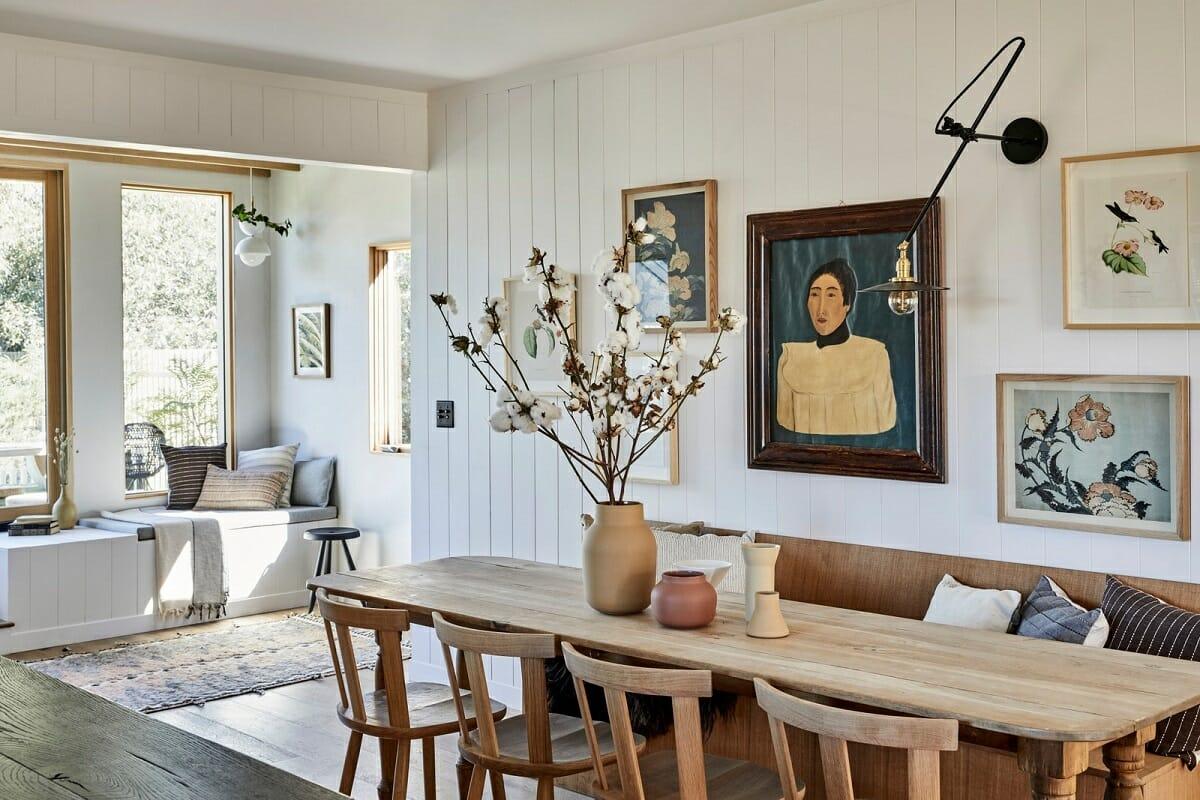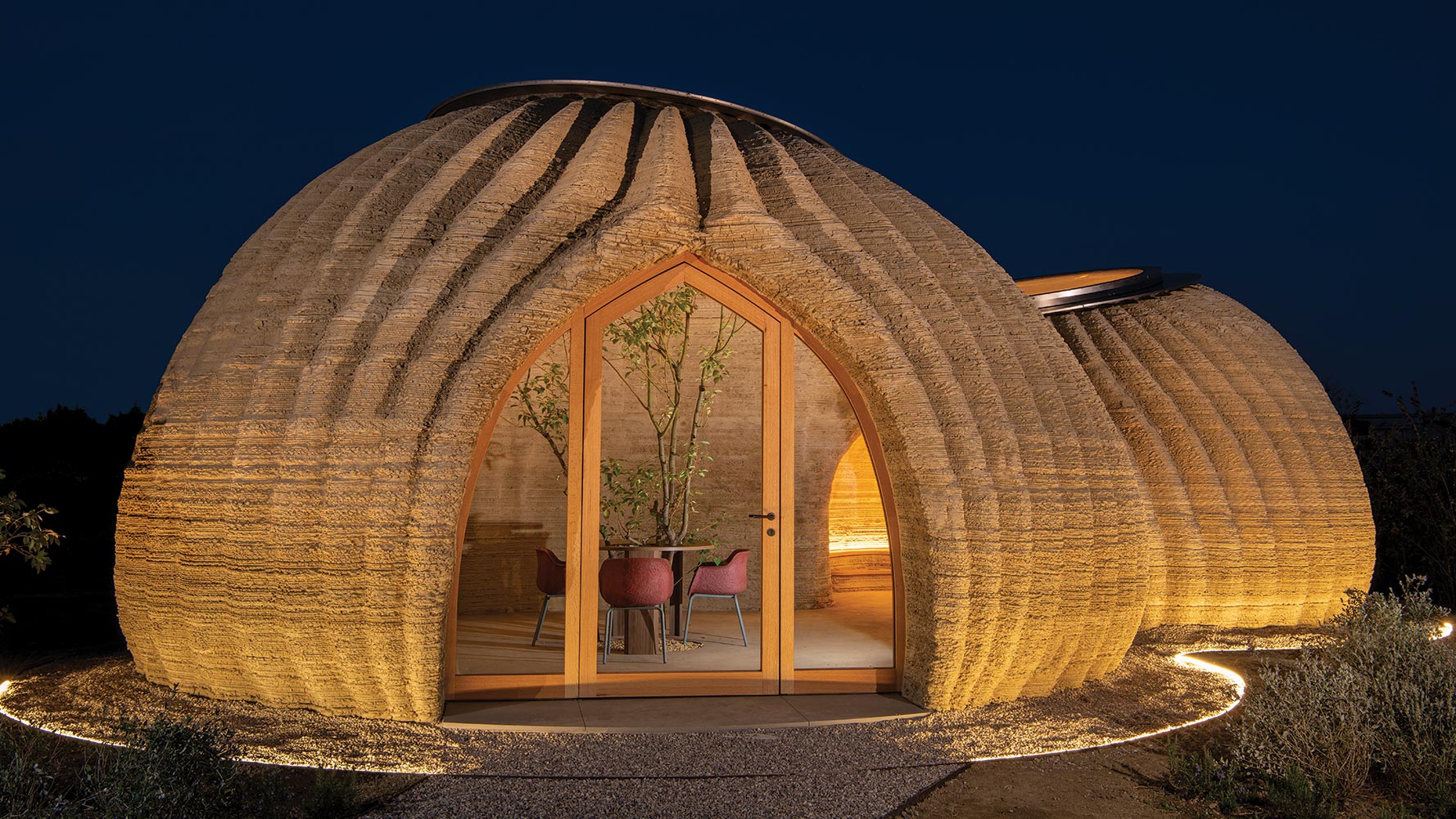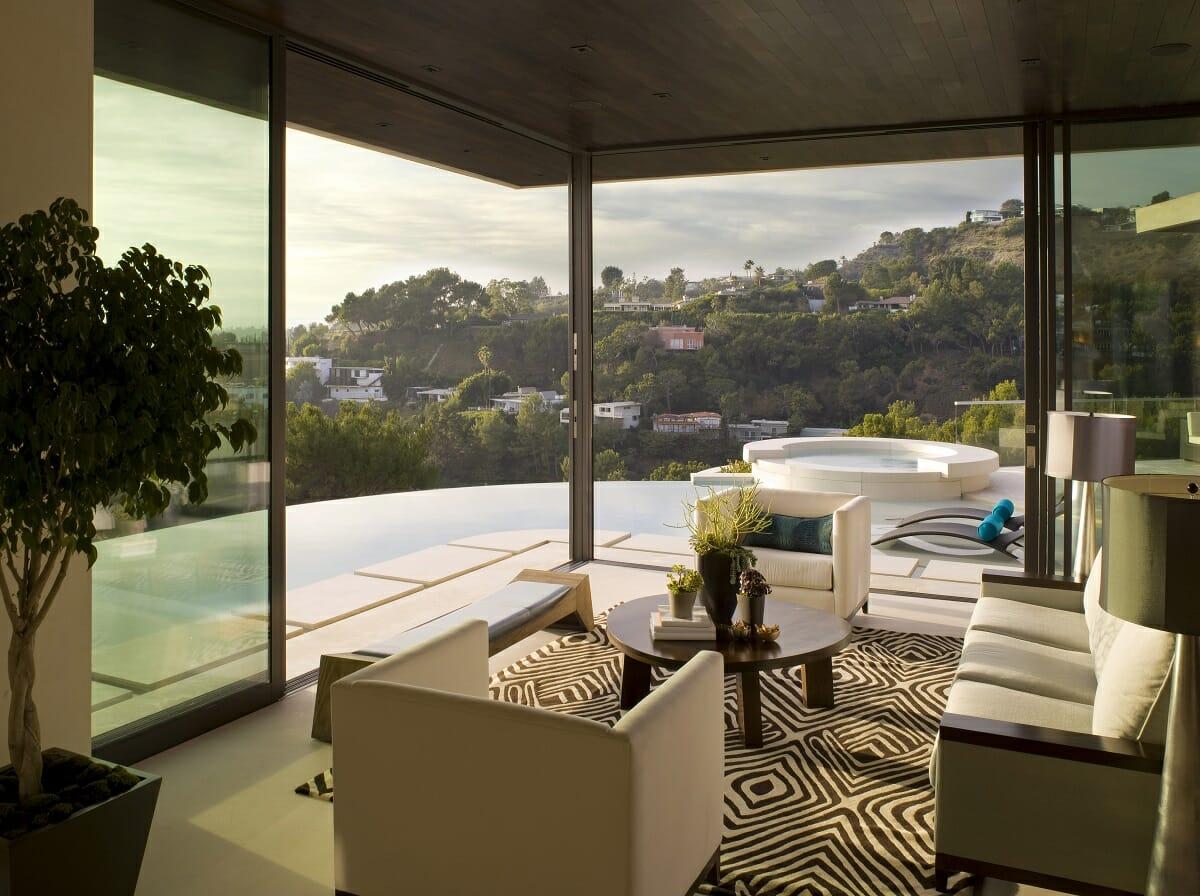Leave the beautiful Japanese and Scandinavian designs and get comfortable in one of its ten style-obsessed compositions: Japandi! The hybrid is popular for its display of power and warmth of minimalism. Here’s everything you need to evaluate the interior design of your Japandi home.
What is the nationality of the Japanese?
The Japanese country was born from a combination of 2 different styles: Scandinavian design and Japanese design. Coincidentally, the methods have a lot of recurring quirks that connect them much more easily. Apart from the physical elements, Japandi also has within it key ideas behind Scandi design and Japanese design. On the other hand, Scandinavia contributes a pleasant feeling of hygiene. While the Japanese wabi-sabi highlights the imperfect, the intransitive and the incomplete.

Although the styles come from different continents, they are not only beautiful, but rather logical as well. The interior design of the Japanese country is largely voluntary. Each part has a meaning and an end.
Japandi Style passionately upholds the principles of minimalism. Say “goodbye” to chaos and “hello” to nice kits. These spaces are generally open, full of plants and worthless furniture. In short, the peaceful and operational life of the Japanese country is at its best.
japandi airy bedroom design
In Japanese country, the living room tends to be open-plan, with a dining room or kitchen. But whatever is in tension, these spaces encourage relaxation and connection. The way the show goes on until the moment it’s unbelievably placid. In the denouement, Scandinavian decoration and the restriction of the Japanese living room agreements finally to the design of The Japanese country.
1. Teach sustainability
The design is based on sustainability in the location of the Japanese country. First of all, using natural materials and reusing or reusing others, makes the style a first class ecological alternative. Apart from our service customers, Japandi is one of the best products for housing. Thanks to their durability, you can replace them in several pieces that will last a lifetime, over multiple years. At the same time, the Japanese bring a perennial aspect to the off-season look.
2. Pick a palette slowly but nicely
Scandinavian and Japanese designs integrate natural tones of those who cover them. For Scandi, this means grey, white and copper, with Japanese tones of pastel leaves, flowers, sky and earth. The 2 also sometimes detail spectacular contrasts. As a result, Japandi’s hybrid style is mostly neutral and has relaxed undertones. On floors, specifically, these sounds to mimic the natural landscape.
Dispossessed Japanese furniture
Furniture is probably the most essential aspect of Japandi interior design. The preeminent manner is in the mental simplicity of these interiors; Where the colors have the possibility of thundering and the proportion of decorations reduced, the brave furniture is displayed with minimalist distinction.
3. Focus on capabilities
Handmade furniture has a different sense of body gender. It is an artistic process. It is not surprising, since Japan is popular for its mastery of crafts. Wood is so responsive and versatile that it is used to transport everything from architecture to furniture to décor.
The Scandinavium tree also assisted in the design. However, while Japanese design can be complex, Scandi aims for calm and simplicity. The moment it is combined, Japandi provides the highlights of the two. Therefore, Japandi furniture is delightfully elaborate, modest, and comfortable.
4. Choose the least natural
Scandinavian and Japanese designs use natural materials before joining. Thus, Japandi’s hybrid style feels precisely organic. At the time raw materials are used, the styling is minimal to further accentuate the theme. You can expect clean, solid forms in any area of Japandi, from the dining room to the bathrooms.
Natural materials being precise, Japandi furniture designs often feature rattan, cane, wicker, wood and bamboo. For canvas, you can expect organic canvas such as linen, cotton, and linen.
invite the local nipponese
Japandi has no place in technology and the rest is the one that promotes it much more. As such, the design is packed with elements that promote relaxation with no room for the buttocks. Although these interiors give priority to functional decorations, they still have much higher aesthetic levels. The upholstery is a fundamental factor, as is the texture.
5. Your return to the console
Bedroom quiet is a zoning priority in Japandi. After all, rest is the primary space of the office. Its primary purpose, therefore, is to obscure and awaken sleep modifications. As a result, the minimalist bedroom interior design of The Japanese Country can be used with bedding and play with basic ornamental elements. Wood with minimal or no window treatments and certain techniques.
6. Mix and match
Symmetry is not a priority in Japandi interior design. Nonetheless, mix up multiple pieces of furniture to make a much more organic look. Pay attention to the visual weight of each product and focus on stability against excessive prettiness. When in doubt, remember to be approximately!
Aside from organic furniture arrangements, rooms often have countertops. White, copper and black, to serve as an example, have the possibility of making a natural and artistic look that complements Japanese furniture.
Japandi refined decoration

The beauty of much smaller zen interiors from around the world is the best. We speak of holding the air in tranquility. However, in Japan, homes of such stature have the possibility of being carried out without decorations. But sometimes the interior decorations bite really well.
7. decision made by hand
The Japanese country relies on artisans to design everything from furniture to decoration. As soon as possible, make the pieces by hand. From which the 2 interiors are not related. For decoration, clay, glass, wood and stone are brilliantly mixed with aesthetics. They also have the possibility of creating ceramics, bowls and lamps with natural materials. A soft plush rug is also a great addition, which can provide as little freshness as possible.
8. A nod to nature
Whether it’s a shady tree, a floral design, or a figure on a striped wall, the natural specifications of The Nippon Country are inspired by the natural beauty of space. The abstract decoration, Scandinavian design, is also a good base to facilitate natural panoramas from the minimalist look. A sand-colored box or an easy drawn line likewise have the possibility of stealing have the possibility of.
When it comes to vegetation, the interiors have Scandinavian and Japanese plants. But the style of the Japanese country is supported by much smaller but much taller plants, exactly the same as the Japanese design. Thin branches of huge ceramics also form incredible vignettes.
Japandi Bathroom Entrepreneurship
Soft colors, light and texture give the Japandi bathroom its spa quality. These spaces have room for renewal and meditation in each and every one of the things.
9. Neutral
Solid shapes and soft canvases bring out the Japandi style, all the more so the moment you’re riding a tonal color palette. inland, the sea foams, a calm sky, frozen forest To inspire you. Combined, they have the possibility of making a dream environment where you can completely relax.
10. The bathtub occupies a central space
The focus on bathroom design is the main watermark of the Japanese country. With a soothing bathtub or outdoor shower, you can determine tranquility . A slow facade with plants that thrive in a humid environment such as ferns or monsters. Strictly add some Japandi jewelry as well, like an ornate chair or bath cart, and organic bedding.
Create your Japandi interior design
Whether you like Scandinavian, Japanese or ordinary interiors, you can make the style much more loved in your home. So schedule a free Interior Design Get even more information on your design options today!



